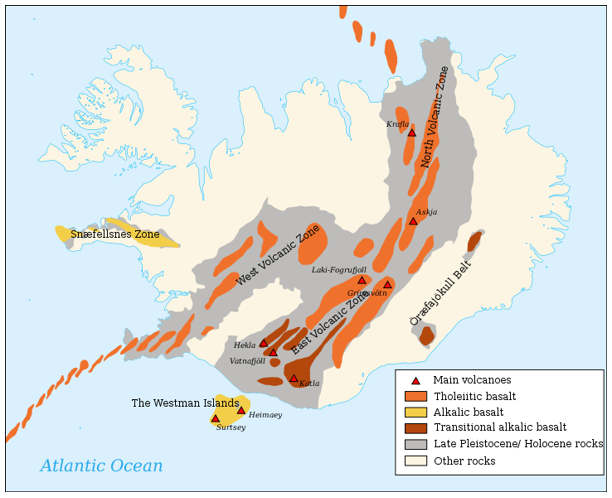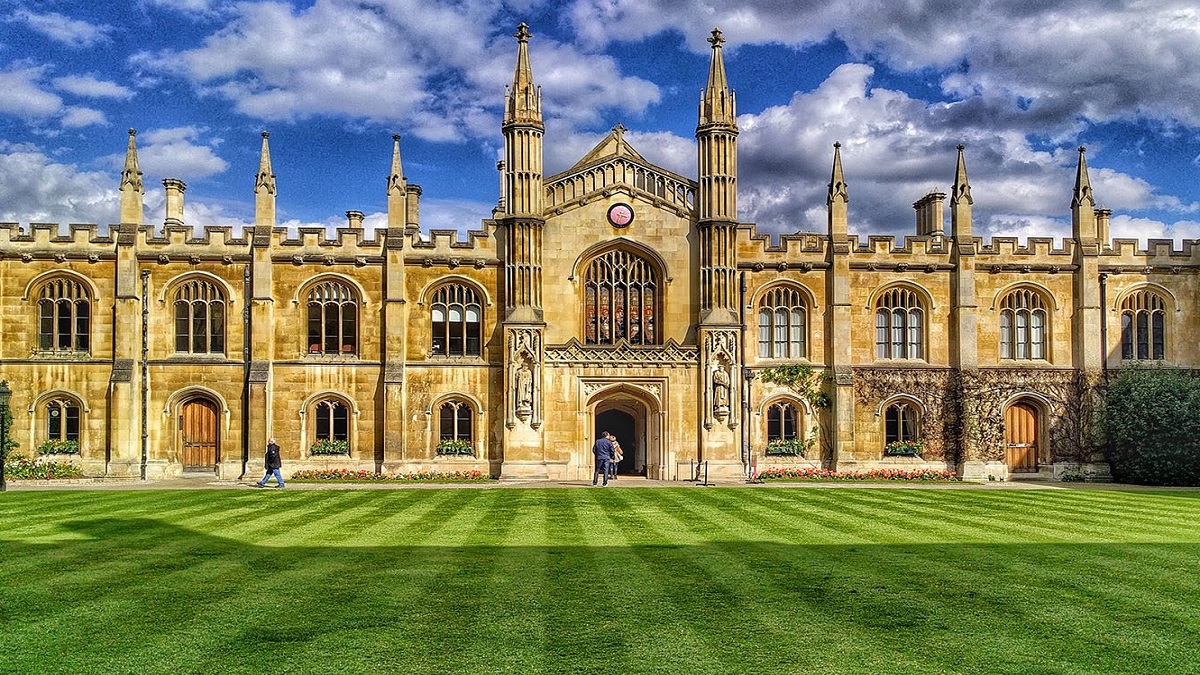- Courses
- GS Full Course 1 Year
- GS Full Course 2 Year
- GS Full Course 3 Year
- GS Full Course Till Selection
- Answer Alpha: Mains 2025 Mentorship
- MEP (Mains Enrichment Programme) Data, Facts
- Essay Target – 150+ Marks
- Online Program
- GS Recorded Course
- Polity
- Geography
- Economy
- Ancient, Medieval and Art & Culture AMAC
- Modern India, Post Independence & World History
- Environment
- Governance
- Science & Technology
- International Relations and Internal Security
- Disaster Management
- Ethics
- NCERT Current Affairs
- Indian Society and Social Issue
- NCERT- Science and Technology
- NCERT - Geography
- NCERT - Ancient History
- NCERT- World History
- NCERT Modern History
- CSAT
- 5 LAYERED ARJUNA Mentorship
- Public Administration Optional
- ABOUT US
- OUR TOPPERS
- TEST SERIES
- FREE STUDY MATERIAL
- VIDEOS
- CONTACT US
2,200 earthquakes recorded in Iceland within 24 hours
2,200 earthquakes recorded in Iceland within 24 hours

Latest Context:
Recently, almost 2,200 earthquakes have been recorded near the Reykjavik, the capital of Iceland within 24 hours.
What are the reasons for frequent earthquakes in Iceland?
- Plate Tectonics: Iceland is located on the Mid-Atlantic Ridge, which is an underwater mountain range where the North American and Eurasian tectonic plates meet. The ridge represents a divergent boundary where the two plates are moving apart. This movement leads to the formation of new crust as magma rises from the Earth's mantle, creating volcanic activity and frequent earthquakes.
- Volcanic Activity: Iceland is known for its volcanoes, with around 30 active volcanic systems. The high volcanic activity is a result of the country's location on top of the Mid-Atlantic Ridge. As the tectonic plates separate, magma from the mantle rises to the surface, leading to volcanic eruptions. The movement and interaction of magma within the Earth's crust can trigger earthquakes.
- Fault Lines: Iceland is intersected by several major fault lines, which are fractures in the Earth's crust where rocks on either side have moved. The interaction of these faults with the tectonic plates contributes to seismic activity. The most notable fault line in Iceland is the South Iceland Seismic Zone, which extends across the southern part of the country and is responsible for many earthquakes.
- Glacial Rebound: During the last Ice Age, Iceland was covered by thick ice caps. As the glaciers melted over thousands of years, the land below them started to rebound due to the removal of the immense weight. This ongoing process, known as glacial rebound or isostatic rebound, can induce stress within the Earth's crust, leading to earthquakes.
What are Earthquakes and Why they occur?
- Basically, the Earthquakes are natural phenomena that occur when there is a sudden release of energy in the Earth's crust, resulting in ground shaking and seismic waves.
- They are caused by the movement of tectonic plates, which are large sections of the Earth's lithosphere (the rigid outer layer of the Earth).
- The Earth's lithosphere is divided into several tectonic plates that float on the semi-fluid known as asthenosphere. These plates interact with one another at their boundaries, and it is at these boundaries where most earthquakes occur.
- Earthquakes can also occur within plates, away from the plate boundaries. These are called ‘intraplate’ earthquakes and are usually associated with ancient faults or regions of localized stress within the crust.
- The magnitude of an earthquake is measured using the Richter scale or the moment magnitude scale (Mw), which quantifies the amount of energy released during the event. The intensity of an earthquake, on the other hand, describes the effects and damage it causes on the Earth's surface.
There are three main types of plate boundaries:
- Convergent Boundaries: When two plates collide, one may be forced beneath the other in a process called subduction. This collision creates intense pressure and stress, and when the stress exceeds the strength of the rocks involved, it is released in the form of an earthquake. These types of earthquakes are typically the most powerful and can cause significant damage.
- Divergent Boundaries: When two plates move away from each other, such as along the Mid-Atlantic Ridge, magma rises from the underlying mantle to fill the gap, creating new crust. The movement of magma and the separation of plates can generate earthquakes, although they are often less severe compared to those at convergent boundaries.
- Transform Boundaries: When two plates slide horizontally past each other, such as along the San Andreas Fault in California, earthquakes can occur. The friction between the plates builds up over time, and when it is suddenly overcome, it releases stored energy in the form of an earthquake.
What are Earthquake Swarms?
Earthquake swarms refer to a sequence of many small to moderate earthquakes that occur in a relatively short period in a specific area. Unlike a single main shock followed by smaller aftershocks, earthquake swarms are characterized by multiple earthquakes of similar magnitude occurring closely in time and space.
Some key characteristics of Earthquake Swarms are:
- Multiple Events: Earthquake swarms consist of a series of earthquakes, often ranging from a few to hundreds or even thousands of individual seismic events. These earthquakes typically have magnitudes that are relatively small to moderate, although larger events can also occur within a swarm.
- Spatial Proximity: The earthquakes in a swarm are concentrated within a relatively localized area. The epicenters (the points on the Earth's surface directly above the earthquake source) of the events are closely clustered, indicating that the seismic activity is occurring in a specific region.
- Timeframe: Earthquake swarms are distinguished by their temporal characteristics. The earthquakes within a swarm occur closely in time, often within hours, days, or weeks. This rapid succession of events sets swarms apart from the more dispersed pattern of earthquakes commonly associated with tectonic activity.
- Lack of a Dominant Mainshock: Unlike a typical earthquake sequence, earthquake swarms do not have a single dominant mainshock followed by smaller aftershocks. Instead, the seismicity within a swarm lacks a clear distinction between the mainshock and aftershocks. In some cases, no single event stands out as significantly larger or more significant than the others.
The exact causes of earthquake swarms are not yet fully understood, and their occurrence can vary in different geological settings. Some potential explanations include:
- Magmatic Activity: In volcanic regions, earthquake swarms can be associated with the movement of magma or the recharging of volcanic systems. As magma rises or interacts with the surrounding rocks, it can induce seismic activity.
- Fluid Migration: The movement of fluids, such as water or hydrothermal fluids, through faults or fractures in the Earth's crust can trigger earthquake swarms. The fluid pressure changes within the subsurface can contribute to the stress accumulation and release.
- Stress Transfer: The redistribution of stress within the Earth's crust, caused by previous earthquakes or other geological processes, can lead to earthquake swarms in areas with existing faults. The stress changes can propagate through the crust, activating multiple fault segments.
Conclusion:
It's important to understand that earthquakes are a natural and regular occurrence on our dynamic planet. While they can cause significant destruction and loss of life, scientists continue to study and monitor seismic activity to better understand them and improve our ability to predict and mitigate their impacts.
Must Check: IAS Coaching Centre In Delhi



